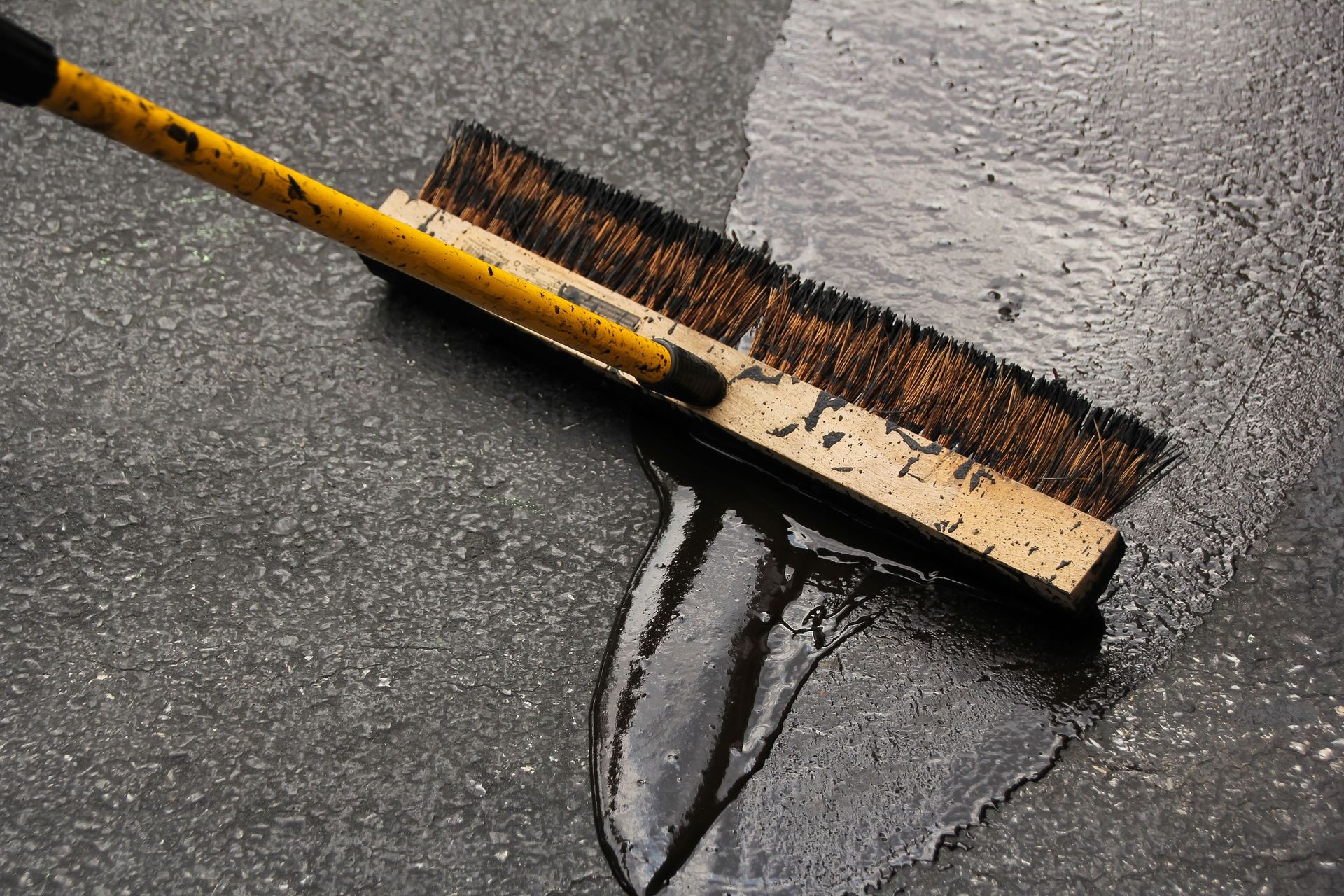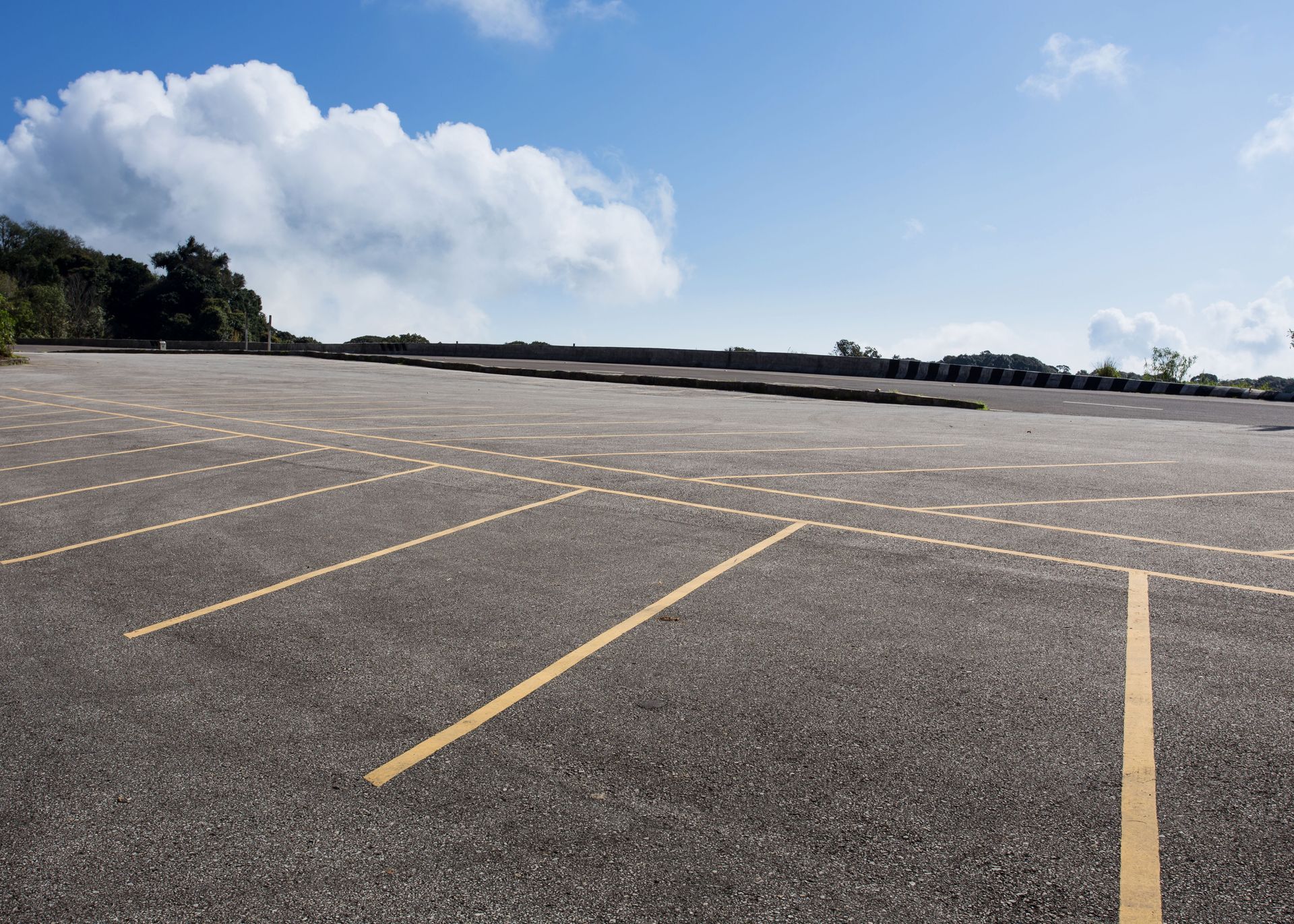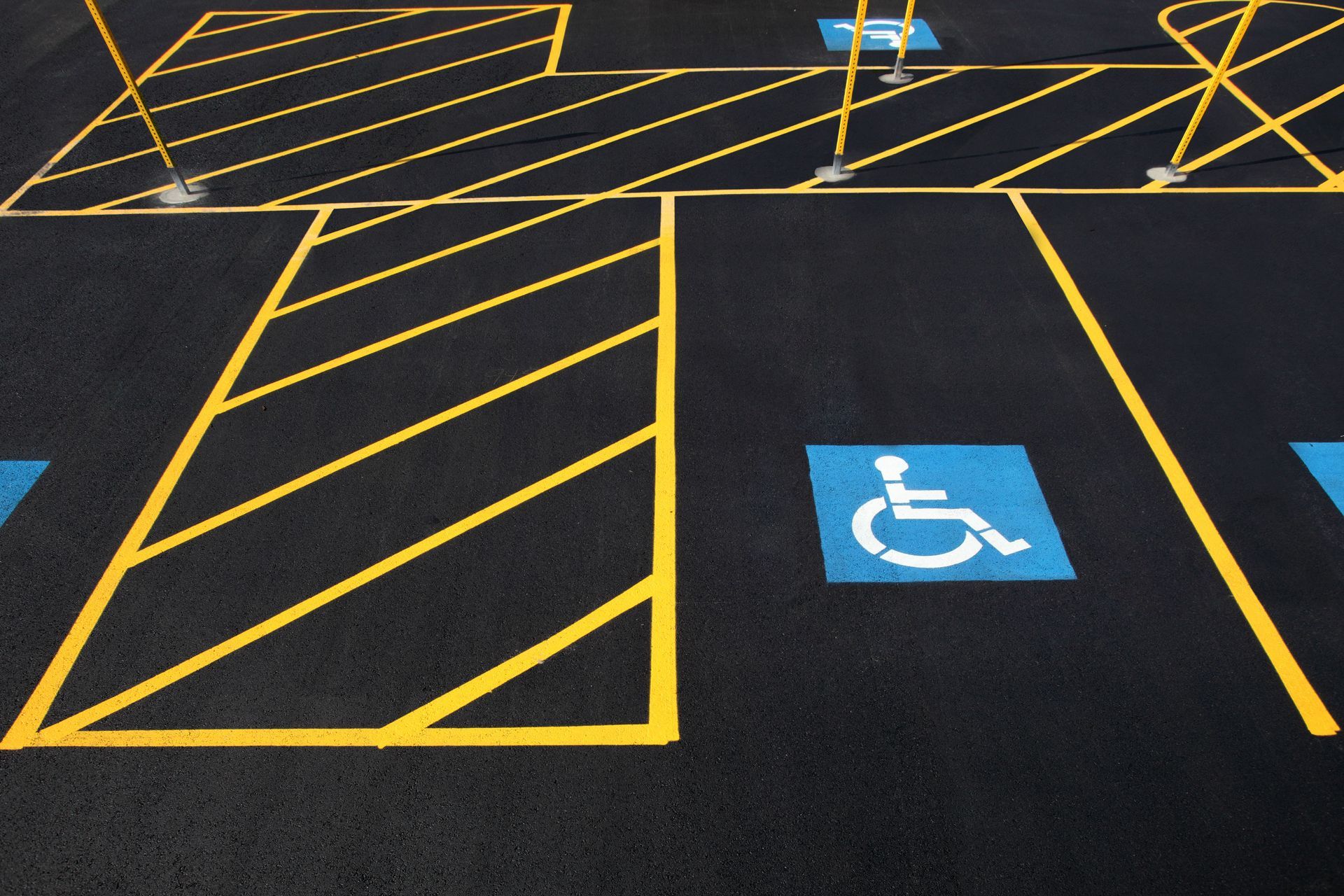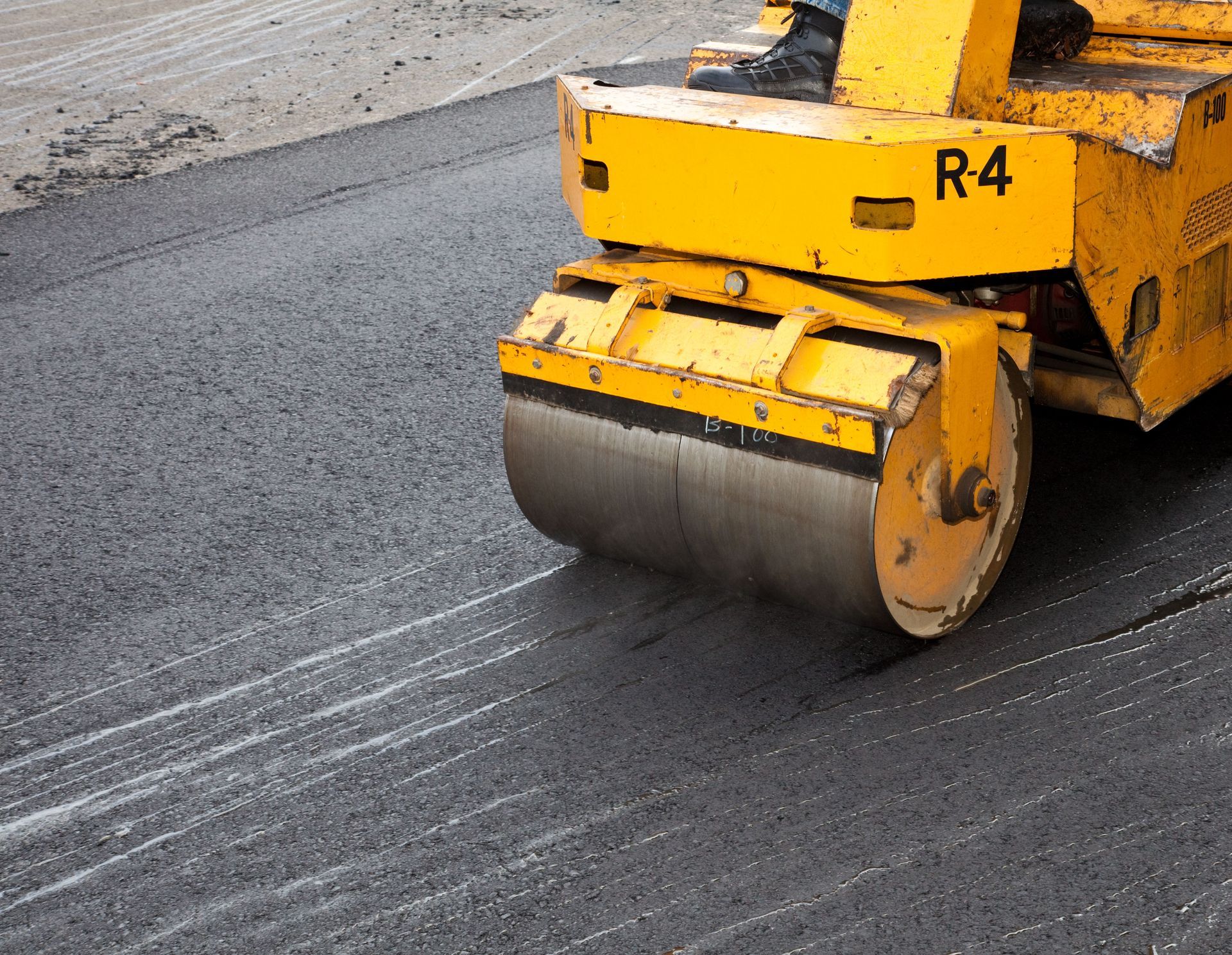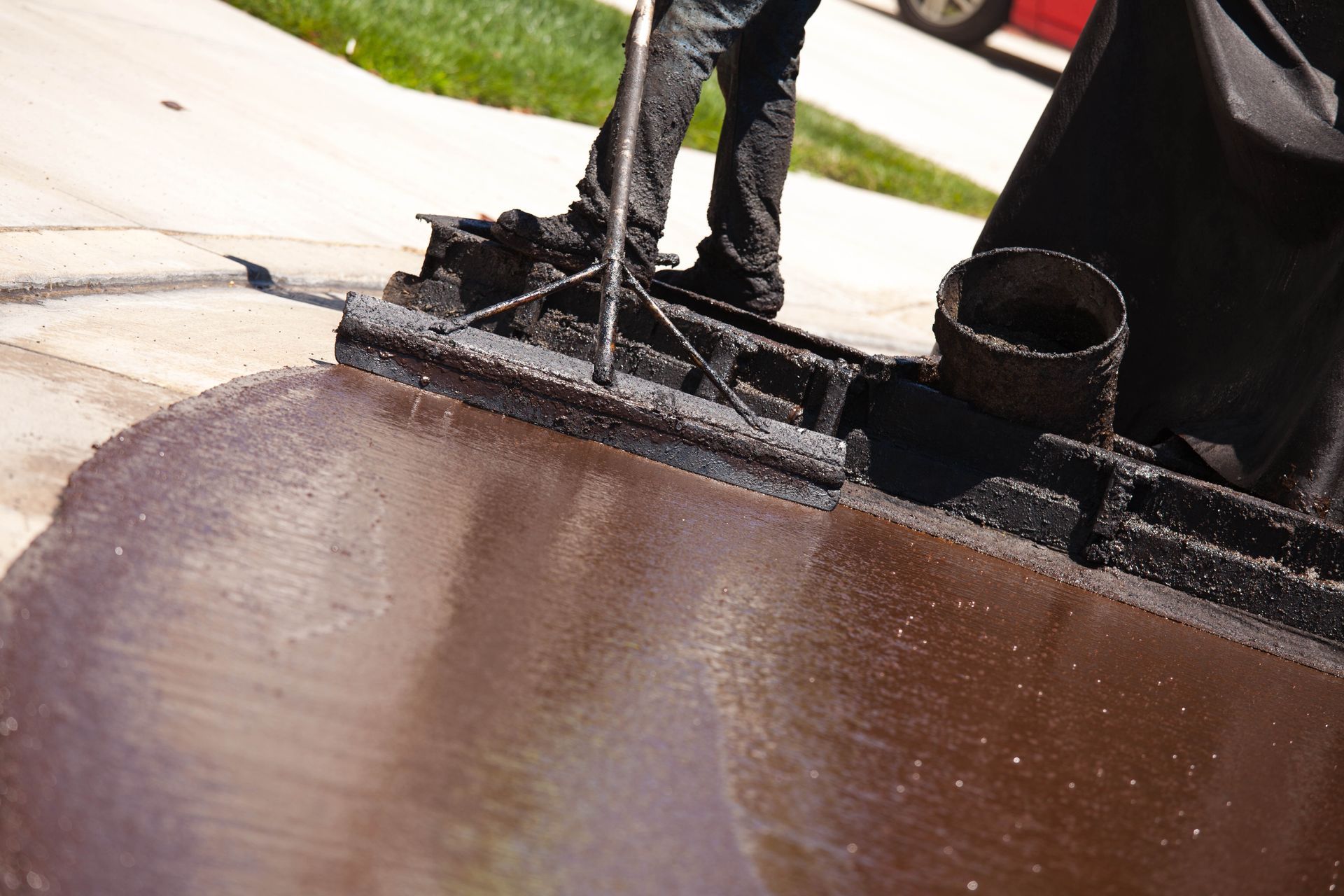Understanding the Asphalt Milling Process
Asphalt milling, also known as pavement milling or cold planing, is an important process you should understand if you’re looking to hire paving contractors for an asphalt repair or repaving project. Milling is done before laying new asphalt and has several benefits.
What Exactly Is Milling?
Milling involves using a machine to remove anywhere from just the surface layer to the entire depth of existing asphalt pavement. These special machines, called milling machines, grind up the surface of the asphalt so it can be hauled away and disposed of. The result is a textured, grooved surface ready for new asphalt material to be paved on top.
Why Bother With Milling?
There are a few key reasons you’ll want your paving contractors to mill before repaving. Milling eliminates irregularities and restores proper grading and drainage, so water runs off rather than pooling. Proper drainage is important to prevent premature asphalt deterioration. The milling process also allows you to adjust the height of curbs, manholes, sidewalks, and other fixtures to match the new pavement surface grade seamlessly.
Milling provides an extremely rough and grooved surface for maximum adhesion between the old and new asphalt layers, leading to a more durable finished product. Finally, milling removes unnecessary material to save on disposal fees and project costs. Paying your paving contractors to reuse some of the RAP (reclaimed asphalt pavement) from the millings can also help reduce purchase costs for new asphalt material.
What Should I Expect During Milling?
The milling process creates significant noise and dust, so be prepared for a disruptive few days while this work is completed. Your paving contractors will try to minimize the mess by using water trucks for dust suppression and completing each street segment quickly before moving equipment to the next. It’s normal for the milled surface to look torn up and highly textured. The grooves left behind increase surface area, which allows better bonding between pavement layers. Once paving begins, a smooth new driving surface will be restored.
Understanding the ins and outs of milling helps set clear expectations when hiring paving contractors for your next asphalt paving project. With proper milling and pavement installation, your new asphalt surface will last for many years before needing to be replaced again. According to Bob Vila, to help minimize shrinkage cracks caused during the curing process or by future movement, contractors form or cut joints every eight to 10 feet when pouring large slabs of concrete. Reach out to Georgia Paving Inc if you need any help with your asphalt surfaces.


